Hypoallergenic Carpet Clean: Allergy Relief for Healthier Homes

Allergens trapped in carpets degrade indoor air quality, impacting health. In regions like Mesa, Gil…….
In today’s world, where indoor air quality is a growing concern, ‘Allergy Relief Carpet Cleaning’ has emerged as a critical practice for maintaining healthy living spaces. This innovative approach aims to alleviate allergic reactions and improve overall comfort by deep cleaning and sanitizing carpets, which are often overlooked but significant contributors to poor indoor air quality. The article delves into the intricacies of this specialized service, exploring its methods, benefits, global impact, and future potential. By the end, readers will have a comprehensive understanding of how allergy relief carpet cleaning is transforming homes and businesses, ensuring cleaner, healthier environments.
Definition: Allergy Relief Carpet Cleaning is a specialized service that goes beyond conventional carpet cleaning. It involves a series of advanced techniques and products designed to eliminate allergens, irritants, and harmful microbes from carpets while also improving overall indoor air quality. The primary goal is to create an environment that reduces allergic reactions, asthmatic episodes, and other respiratory issues for individuals sensitive to these triggers.
Core Components:
Allergen Removal: This includes the use of powerful vacuum cleaners with high-efficiency particulate air (HEPA) filters to capture fine particles like pollen, pet dander, dust mites, and mold spores.
Deep Cleaning Techniques: Professionals employ various methods such as steam cleaning, hot water extraction, or dry cleaning to thoroughly clean carpet fibers, removing embedded dirt, bacteria, and allergens.
Sanitization: Disinfecting agents and antimicrobial treatments are applied to kill germs, bacteria, and mold, ensuring a hygienic carpeted environment.
Air Quality Improvement: By eliminating airborne allergens and pollutants, this process contributes to better overall indoor air quality, benefiting individuals with allergies, asthma, or other respiratory conditions.
Historical Context: The concept of allergy relief carpet cleaning gained traction in the late 20th century as awareness about indoor air pollution increased. With growing urbanization and time spent indoors, people became more sensitive to allergens and sought ways to create healthier living spaces. Over time, advanced cleaning technologies and a deeper understanding of allergies have refined this process, making it an essential service for modern homes and businesses.
Allergy relief carpet cleaning has transcended geographical boundaries, becoming a global phenomenon. Its impact varies across regions, influenced by factors such as climate, cultural practices, and public health awareness:
North America and Europe: These regions have seen significant adoption due to high allergy prevalence and advanced cleaning technology availability. The US, in particular, has witnessed a surge in demand for allergy relief services, driven by increased awareness and strict environmental regulations.
Asia Pacific: Rapid urbanization and growing middle class in countries like China and India are driving the demand for this service. Increasing indoor air quality concerns and westernization of lifestyles further propel its growth.
Middle East and Africa: While adoption is slower, these regions are witnessing growing interest due to strict building codes and increased focus on public health. The Middle East, with its arid climate, presents unique challenges that drive the need for specialized cleaning methods.
Trends Shaping the Industry:
| Trend | Description | Impact |
|---|---|---|
| Green Cleaning | Increasing preference for eco-friendly products and methods, leading to the development of sustainable cleaning practices. | Enhances environmental sustainability and caters to environmentally conscious consumers. |
| Smart Technology Integration | Incorporation of IoT devices and AI algorithms for efficient cleaning, real-time monitoring, and personalized recommendations. | Offers tailored solutions, improves customer experience, and enhances operational efficiency. |
| Preventive Measures | Focus on regular maintenance and preventative cleaning to reduce allergen buildup, emphasizing long-term health benefits. | Promotes proactive healthcare and reduces the need for extensive cleaning. |
| Specialized Equipment | Continuous innovation in cleaning equipment, such as advanced vacuum cleaners and sanitizing systems, improves cleaning effectiveness. | Enhances service quality and efficiency. |
The allergy relief carpet cleaning market is a significant contributor to the global cleaning industry, with several economic aspects at play:
Market Dynamics: The demand for this service is influenced by rising health concerns, particularly among millennials and Gen Z who prioritize indoor air quality. Growing pet ownership and increasing urbanization further drive the market. According to a report by Market Research Future (MRFR), the global carpet cleaning market, including allergy relief services, is projected to reach USD 10.2 billion by 2027, growing at a CAGR of 6.5% from 2020 to 2027.
Investment Patterns: The industry attracts investments from both private entrepreneurs and large cleaning service providers. Startups focusing on innovative cleaning technologies and eco-friendly solutions are gaining traction, while established companies invest in research and development to stay competitive.
Economic Impact: Allergy relief carpet cleaning contributes to economic growth by supporting employment in cleaning services and related industries. It also fosters the development of specialized products and equipment, stimulating innovation and technological advancements.
Technological innovations play a pivotal role in enhancing allergy relief carpet cleaning’s effectiveness and efficiency:
HEPA Filters: High-efficiency particulate air filters have become essential for capturing fine allergens. Advanced HEPA filters with higher MERV (Minimum Efficiency Reporting Value) ratings offer superior allergen removal, ensuring cleaner indoor air.
Steam Cleaning Machines: Modern steam cleaners use high-temperature steam to sanitize carpets, killing germs and bacteria. They are eco-friendly and effective in removing tough stains without harsh chemicals.
Smart Sanitation Systems: IoT-enabled sanitizing systems allow for real-time monitoring of cleaning progress and efficiency. These systems can adapt cleaning protocols based on specific allergen levels, providing personalized solutions.
AI and Machine Learning: Artificial intelligence is used to analyze cleaning data, predict allergen patterns, and optimize cleaning schedules. Machine learning algorithms can identify areas with high allergen concentrations, enabling targeted cleaning strategies.
Government regulations and policies significantly influence the allergy relief carpet cleaning industry:
Air Quality Standards: Many countries have implemented strict indoor air quality standards, requiring commercial spaces to maintain specific levels of air purity. These standards drive the demand for allergy relief cleaning services.
Environmental Regulations: Environmental protection agencies regulate the use of cleaning chemicals, promoting eco-friendly alternatives. This has led to the development of green cleaning practices and products.
Building Codes: Strict building codes in some regions mandate regular deep cleaning of carpets, especially in commercial buildings, schools, and healthcare facilities. These regulations ensure a healthier indoor environment.
Health and Safety Standards: Occupational health and safety organizations provide guidelines for cleaning professionals, ensuring safe working conditions and effective allergen control.
Despite its numerous benefits, allergy relief carpet cleaning faces several challenges:
Cost Concerns: The specialized nature of this service often comes at a higher price point, making it less accessible to budget-conscious consumers. However, as demand grows, economies of scale and technological advancements may drive costs down.
Lack of Standardization: The absence of standardized cleaning protocols and certification programs can lead to inconsistent service quality. Establishing industry standards and training programs can address this issue.
Chemical Concerns: Some traditional cleaning chemicals used in allergy relief cleaning have raised health and environmental concerns. Promoting the use of eco-friendly, non-toxic products is essential for long-term sustainability.
Proposed Solutions:
A large urban school district in the US faced persistent allergies and asthma issues among students, impacting attendance and academic performance. They partnered with a specialized allergy relief cleaning service to deep clean all school buildings. The process involved HEPA vacuuming, steam cleaning, and advanced sanitization techniques. Post-cleaning, allergen levels significantly decreased, leading to improved student health and attendance rates. This case demonstrates the direct impact of allergy relief cleaning on public health and educational outcomes.
A modern high-rise apartment complex in Singapore struggled with persistent mold issues due to its humid tropical climate. They hired a team of professionals to implement a comprehensive allergy relief program, including regular deep cleaning, dehumidification, and advanced air filtration systems. The result was a substantial reduction in mold spores, improving tenant health and satisfaction. This case highlights the importance of tailored solutions for challenging environmental conditions.
A leading hospital in Germany adopted allergy relief carpet cleaning to prevent the spread of infections and ensure a hygienic environment for patients. The process involved regular HEPA vacuuming, steam sanitization, and the use of antimicrobial treatments. This initiative contributed to reduced hospital-acquired infections and improved patient recovery rates. It also enhanced the overall reputation of the healthcare facility.
The allergy relief carpet cleaning industry is poised for significant growth and innovation:
Emerging Markets: With increasing awareness about indoor air quality, emerging markets in Asia, Africa, and Latin America present vast opportunities for service expansion.
Smart Homes and IoT Integration: The integration of smart home technologies with allergy relief cleaning services will enable remote monitoring and control, providing personalized solutions to homeowners.
Personalized Cleaning Solutions: Advancements in technology will facilitate tailored allergen management plans, catering to individual needs and preferences.
Green and Sustainable Practices: There will be a continued focus on eco-friendly products and methods, driven by consumer demand and environmental regulations.
Partnerships with Healthcare Providers: Collaborations between cleaning services and healthcare providers can lead to enhanced indoor environments in hospitals, clinics, and care facilities, improving patient outcomes.
Allergy relief carpet cleaning is not just a cleaning service; it is a vital step towards creating healthier, more comfortable living and working spaces. As awareness about indoor air quality grows, this specialized practice will continue to evolve and gain prominence. With technological advancements, growing consumer demand, and supportive policies, the industry is poised for significant global expansion. By addressing allergies, improving air quality, and fostering healthier environments, allergy relief carpet cleaning plays a crucial role in the well-being of individuals worldwide.
Q: How does allergy relief carpet cleaning differ from regular carpet cleaning?
A: Regular carpet cleaning typically focuses on removing dirt and debris, while allergy relief cleaning goes a step further to eliminate allergens, irritants, and microbes, improving indoor air quality. It involves specialized techniques and products designed for deep cleaning and sanitization.
Q: Are there any health risks associated with exposure to cleaning chemicals used in this process?
A: When used correctly and in accordance with safety guidelines, the cleaning chemicals employed in allergy relief carpet cleaning are generally safe. However, some traditional chemicals may have adverse effects on sensitive individuals. Eco-friendly, non-toxic alternatives are increasingly available to minimize health risks.
Q: How often should allergy relief carpet cleaning be performed?
A: The frequency depends on various factors, including the environment, number of occupants, and presence of pets. As a general rule, it is recommended every 3-6 months for residential properties and more frequently in commercial settings or areas with high allergen levels.
Q: Can allergy relief cleaning help with pet allergies?
A: Absolutely! Pet dander and fur are significant contributors to indoor allergens. Allergy relief carpet cleaning techniques, combined with regular grooming and vacuuming of pets, can significantly reduce pet-related allergens, providing relief for individuals with pet allergies.
Q: Is this process effective for removing mold and mildew?
A: Yes, allergy relief carpet cleaning includes steps to identify and eliminate mold and mildew spores. Steam cleaning and advanced sanitization techniques are particularly effective in killing these microorganisms and preventing their regrowth.

Allergens trapped in carpets degrade indoor air quality, impacting health. In regions like Mesa, Gil…….
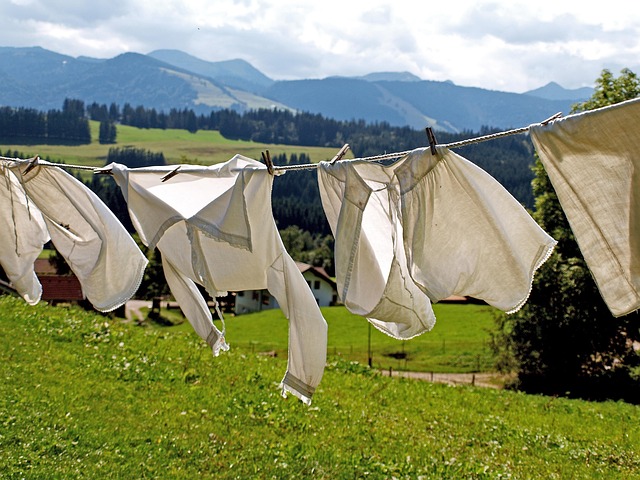
Allergies caused by dust and pet dander can deteriorate indoor air quality in regions like Gilbert,…….
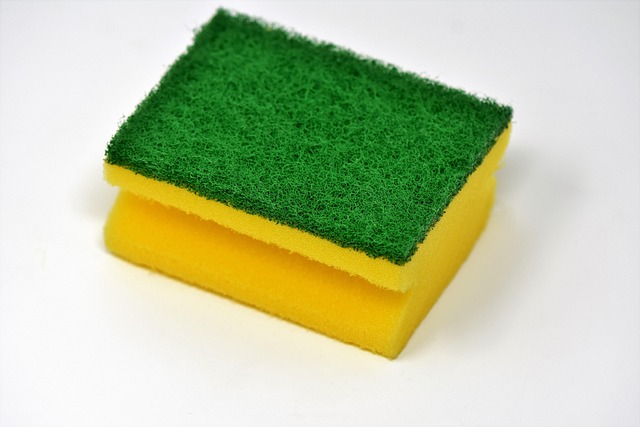
Allergies caused by common environmental substances like dust, pollen, pet dander, and mold spores c…….

Allergens like dust and pet dander can degrade indoor air quality, affecting asthma and allergies. S…….
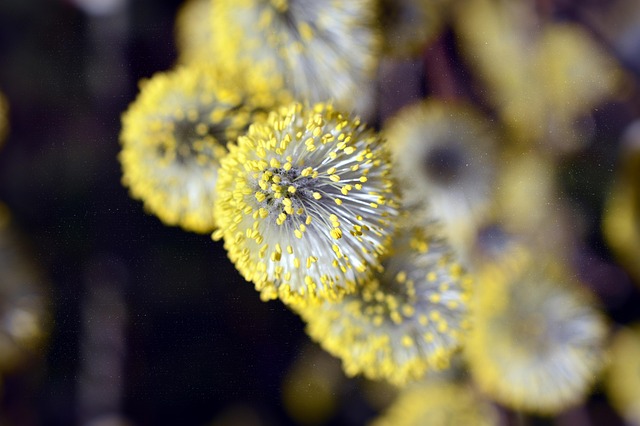
In regions with high outdoor allergen levels like Queen Creek, Gilbert, and Chandler, specialized ca…….
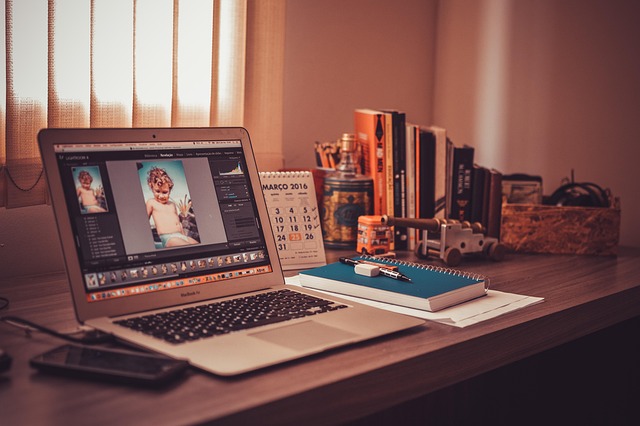
Allergies caused by common household allergens in carpets can affect many severely. Specialized anti…….
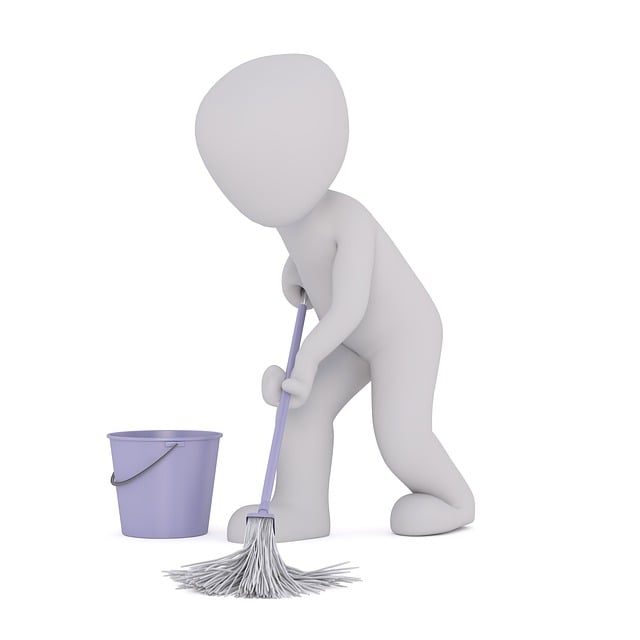
Many people struggle with allergies caused by unseen allergens like dust and pollen in homes, especi…….
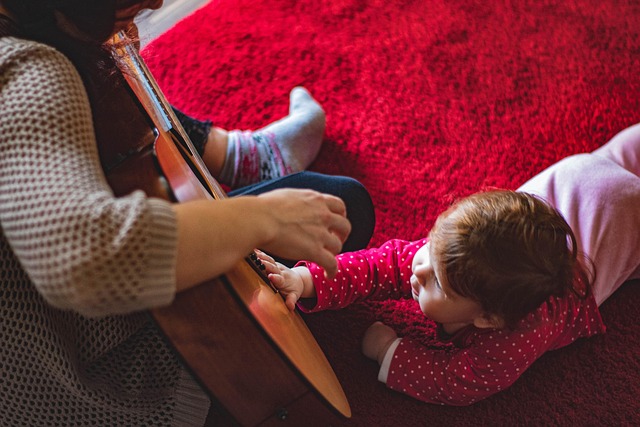
Allergens like pollen, dust mites, and pet dander can reside in carpets, triggering respiratory issu…….

Allergens like dust and pollen can degrade indoor air quality in homes, especially for allergy suffe…….